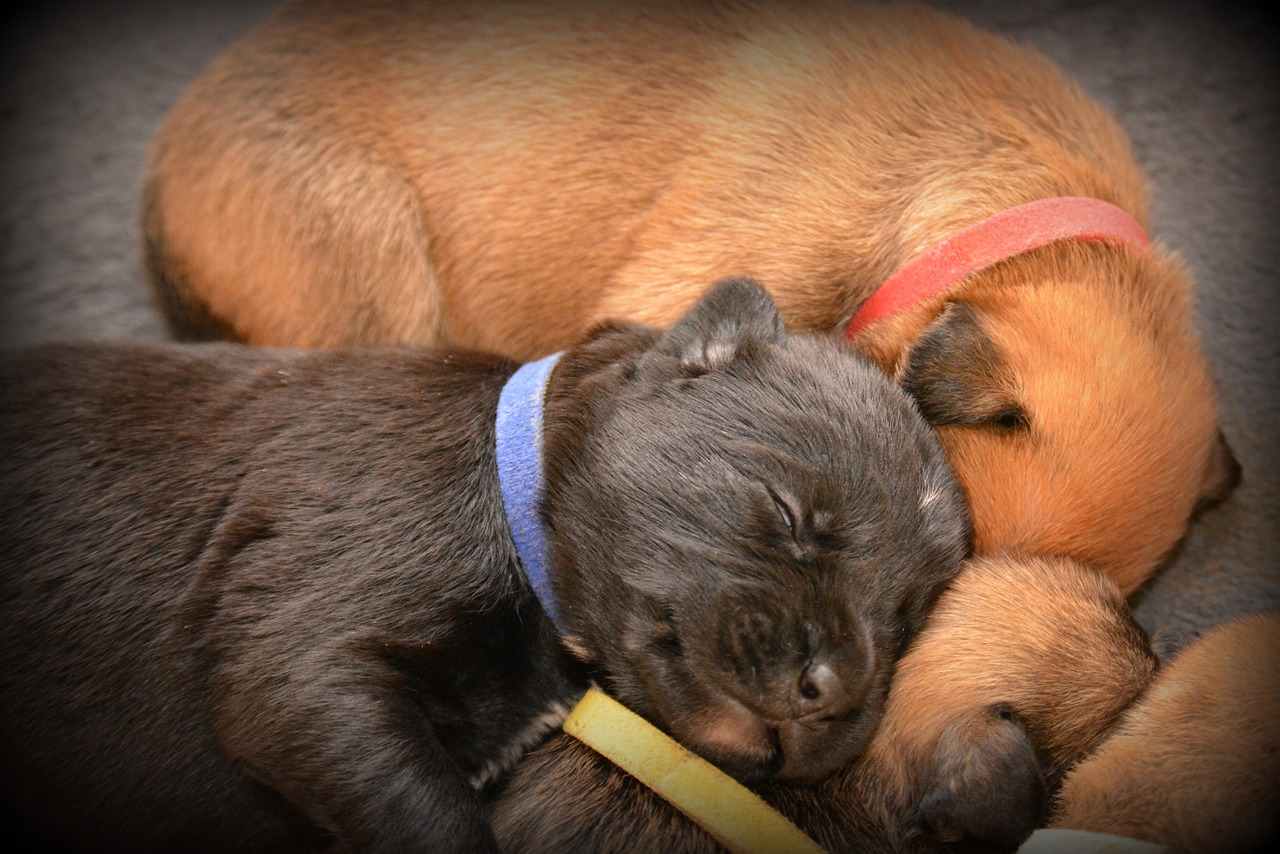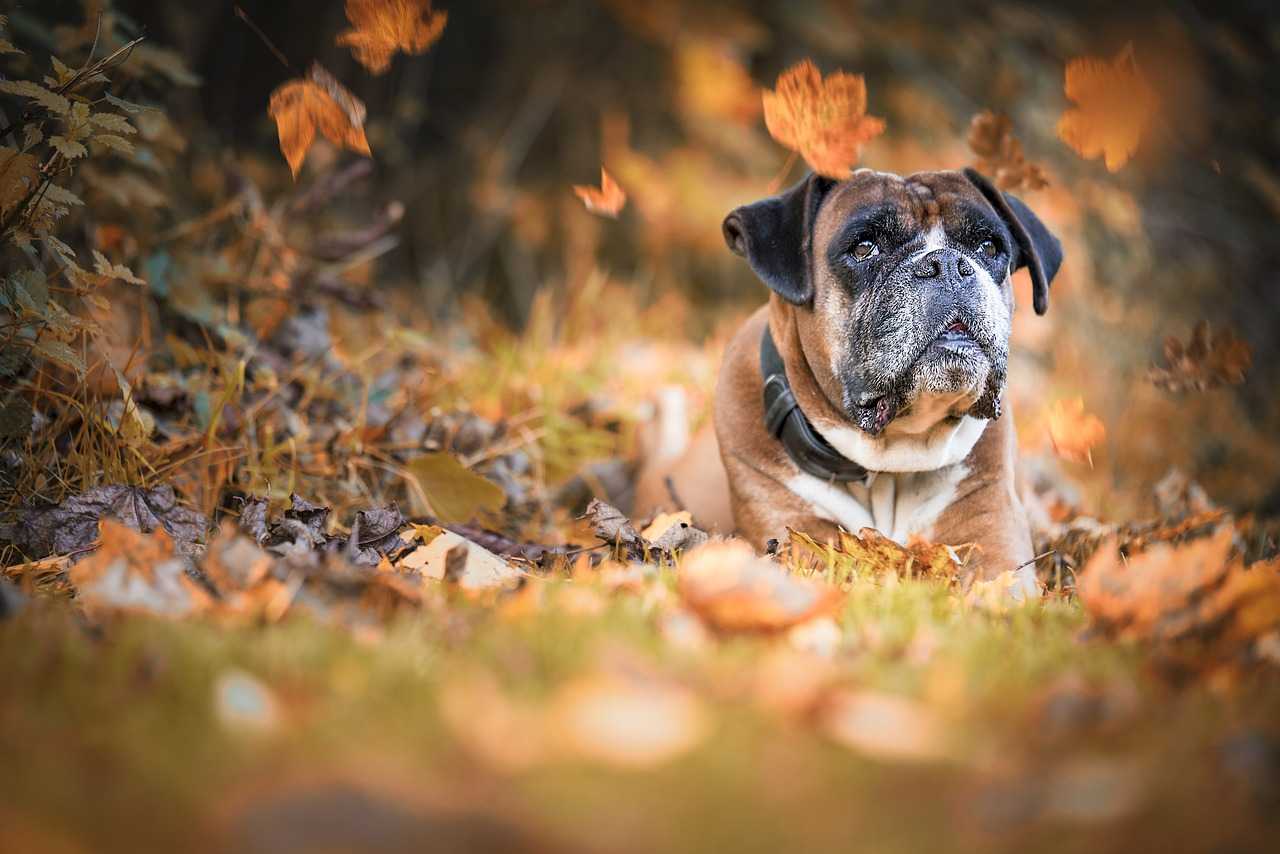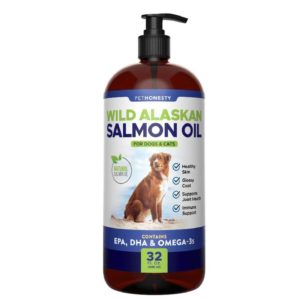Raising & Caring For Boxer Puppies
Bringing Your Boxer Puppy Home
When you first bring your boxer puppy home (should be at 7-8 weeks old) make sure you or someone else is home as much as possible. It’s scary for a new pup getting used to a new home and having company around will make it much easier. In addition to this there are some other preparations you can make. You should have:
-Water and food bowls
-A crate
-Some chew toys
-A collar and lead
-Flea and tick treatments
-Worming tablets
-Plenty of cleaning products and rags.
Nutrition
It’s generally a good idea to continue to feed your puppy whatever the breeder was feeding them. This will help prevent any problems with an upset stomach. Eventually you can wean them on to other food, but make you do it slowly. Also a puppyshould be fed twice daily and have plenty of water available.
Pet Health Insurance
Over a lifetime the health care costs for boxer puppies can be very expensive. You may want consider getting some kind of pet insurance early on to offset the costs.
Temperature
Boxer’s are most comfortable with temperatures around seventy degrees. They can’t handle extreme hot or cold temperatures.
In winter many boxer owners counteract this by getting clothing for their dog. Others like using a small space heater that your boxer can curl up next to.
Boxer Puppy Training
Typically you want to start training your boxer puppy at 7-12 weeks of age. They are like little sponges at this age and can learn new things very quickly. What they learn is also permanent so be consistent and avoid bad habits. So lets go over some of the important aspects of puppy training.
Crate Training
A dog crate is a great training device and a important tool to keep your puppy safe. If done right the crate becomes a safe haven for your boxer, somewhere they feel very comfortable. Doing it wrong and keeping them locked up all the time can be very cruel.
Initially you just want to get them used to the crate. Get themto go in with a toy or treat as bait. Then praise them profusely when they do. Play with them and give lots of attention while their in the crate.
Eventually they will start to go to the crate on their own. This is when you start closing the door for short periods of time. Then slowly work your way up to longer periods of time. If they they cry or whine to get out ignore it, as this will only reinforce that behavior.
House-training
Your puppy has a very small bladder and at this age they don’t really know how to control it. The best course of action is to take them outside as often as possible, every 1-2 hours if you can. When they do go to bathroom outside praise them or give them a treat.
Repeat the same phrase every time you take them out, like “time to go” or “let’s go outside”. This repetition and positive reinforcement will eventually catch on with them. Avoid scolding or yelling if they go inside the house. This likely will just result in a scared and confused puppy.
To avoid damage to your home you may want to create a “safe area” for them to play. Lay down lots of newspaper and put their crate nearby.
Socialization
Socialization is the process of introducing your puppy to new people, animals, places, and experiences. This is vital to making your puppy a well adjusted and well behaved dog.
Start out small with this. Take them on walks around area you live in. Introduce them to friends and relatives of yours. Eventually take them to more exotic locations (from your boxer puppies perspective). Try places like a farm, a forest area, or a crowded public place.
Do not try to comfort or pet them if they get scared. This will only reinforce that being scared is a good thing. Just be calm and relaxed. If they calm down after being scared, then you can praise them.
At 10-16 weeks you should try to get them into a puppy kindergarten class. This will allow them to socialize and play with other puppies in a controlled environment. In addition some basic training commands and the opportunity to meet new people can be very helpful.
Beyond this is more complicated training like commands and correcting bad behaviors. You may want consider one of the excellent courses on dog training to educate yourself.
For more tips and resources for dog lovers, visit DogLoversPup.com




